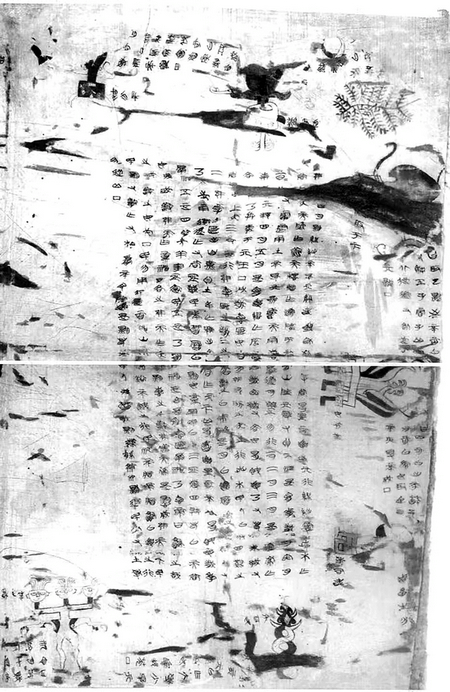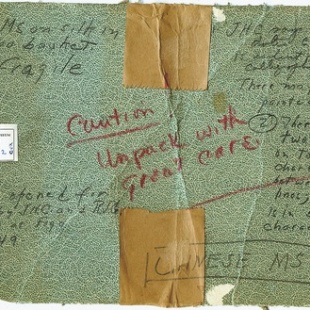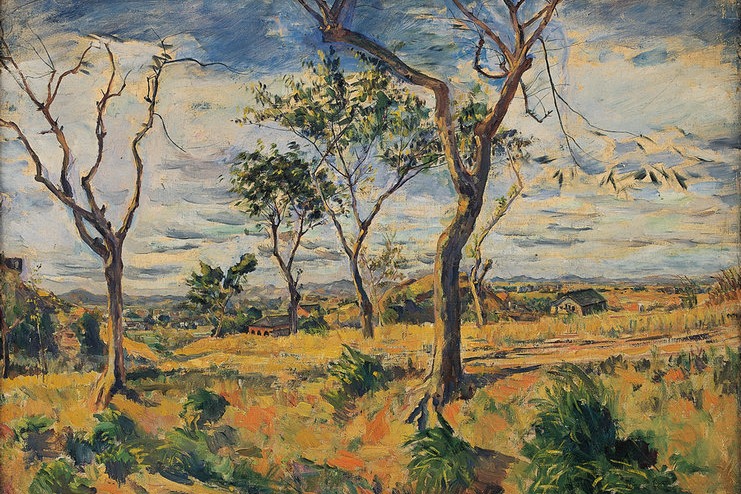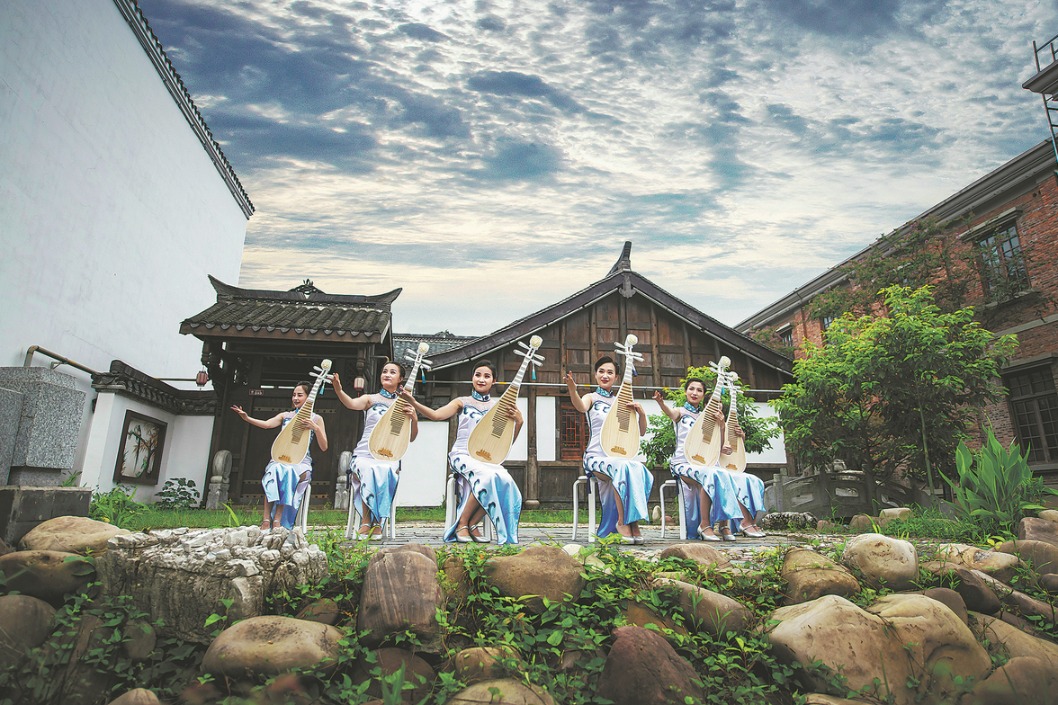Silk manuscripts give hope to academia


Archaeologist Lothar von Falkenhausen at the University of California, Los Angeles, says although the manuscripts have been in the US for eight decades, they have only been seen by the people over two days — once in 1968 and the other in 1990.
"Since they are fragile and cannot be exhibited for a long time, they have rarely been showcased. And ordinary people can hardly understand their significance," says Von Falkenhausen.
"The manuscripts should be returned to China's academia as soon as possible, since almost all scholars who can understand and study the manuscripts are in China," he adds.
Li also mentions the tomb that yielded the Zidanku manuscripts was re-excavated by the Hunan Museum in 1973, uncovering another big discovery of a silk painting depicting a man riding a dragon. It is one of the only two Warring States Period silk paintings preserved to date.
"Half of the cultural relics from the same tomb are in China and the other half are in the US. I hope they can be brought together for academic research," says Li.
Sinologist Donald John Harper, a professor at the University of Chicago, has also been involved with studying the manuscripts for decades. He highlighted the cooperation between Chinese and US scholars in the research of the artifacts.
"I have been acquainted with Li for four decades. We are colleagues and good friends and I think highly of our friendship. Chinese and US Sinologists have had good cooperation for nearly half a century, which is good for our research and protection of such relics," says Harper.
Li says silk manuscripts have only been found in the Zidanku tomb and the Western Han Dynasty (206 BC-AD 24) Mawangdui tombs in Changsha. The latter has been known for the discovery of a perfectly preserved female body in 1972.
Contact the writer at wangru1@chinadaily.com.cn





































